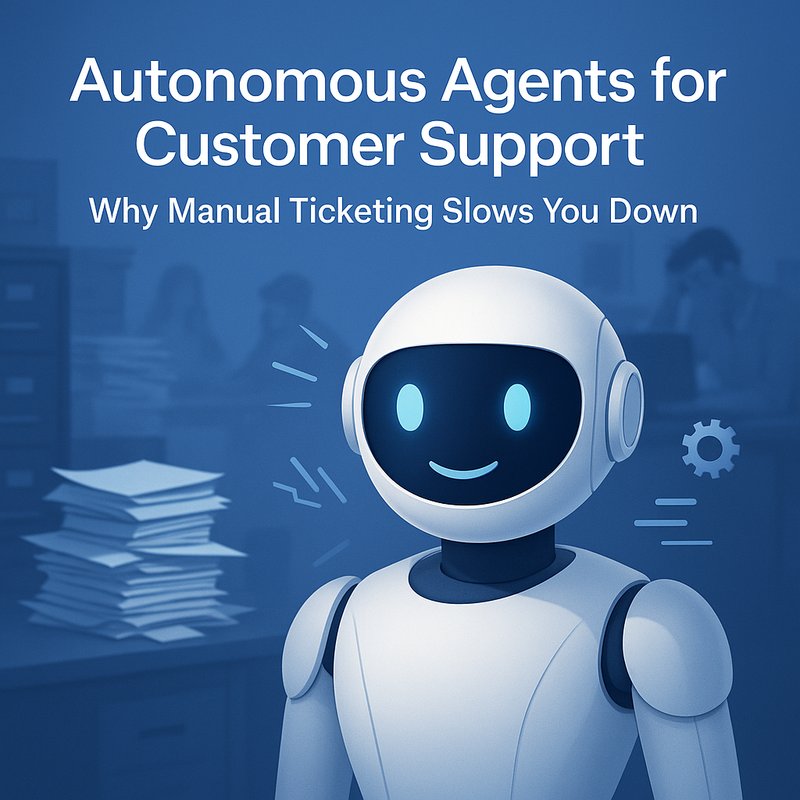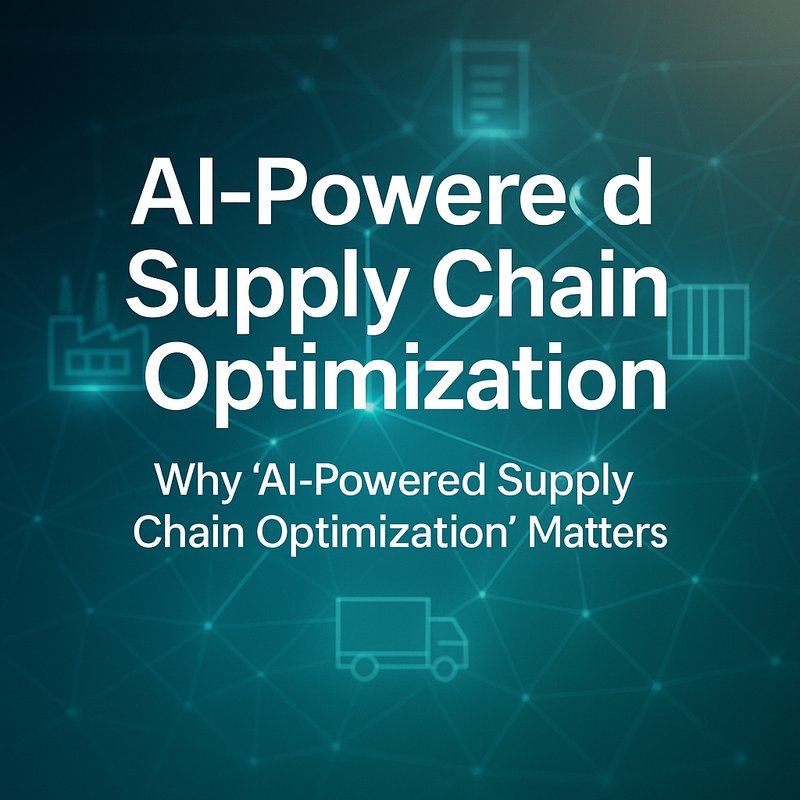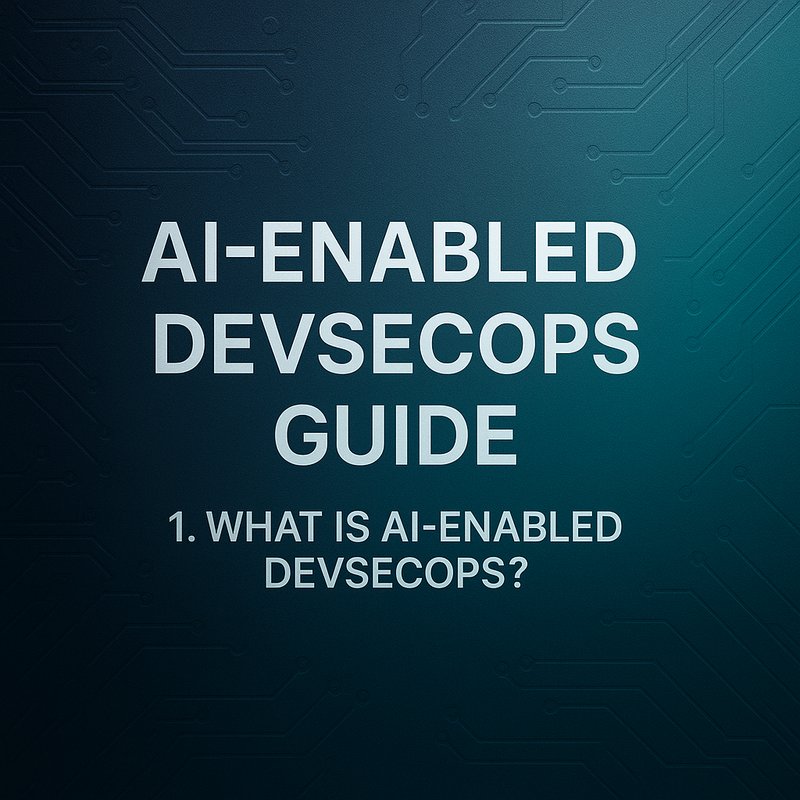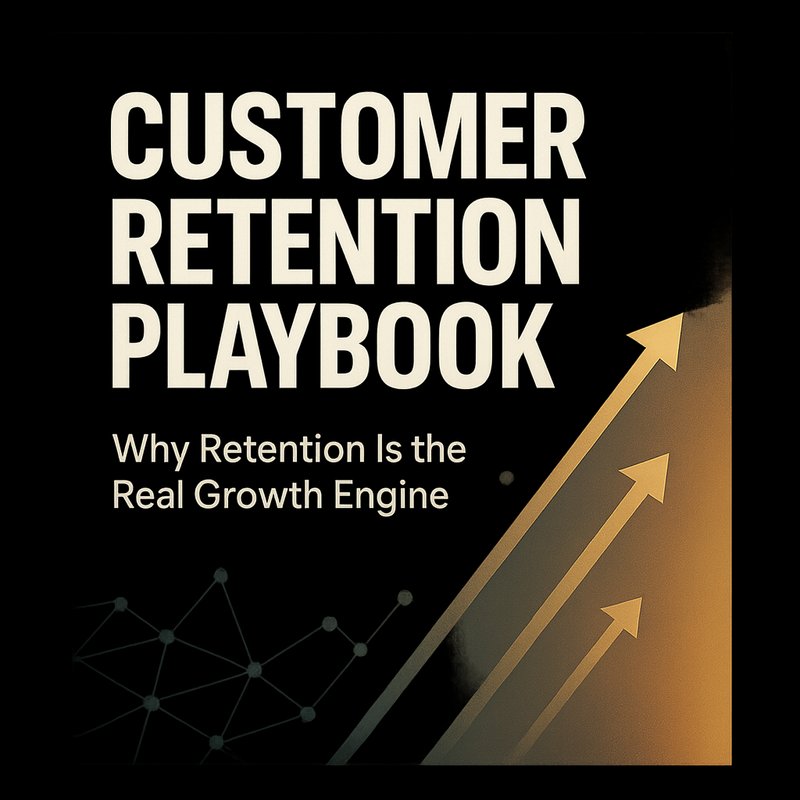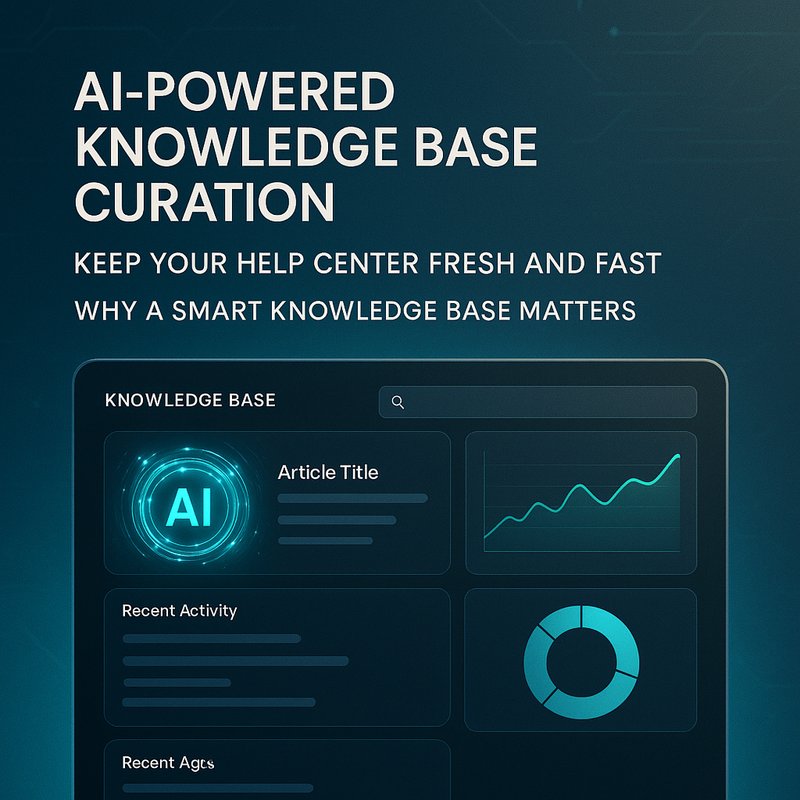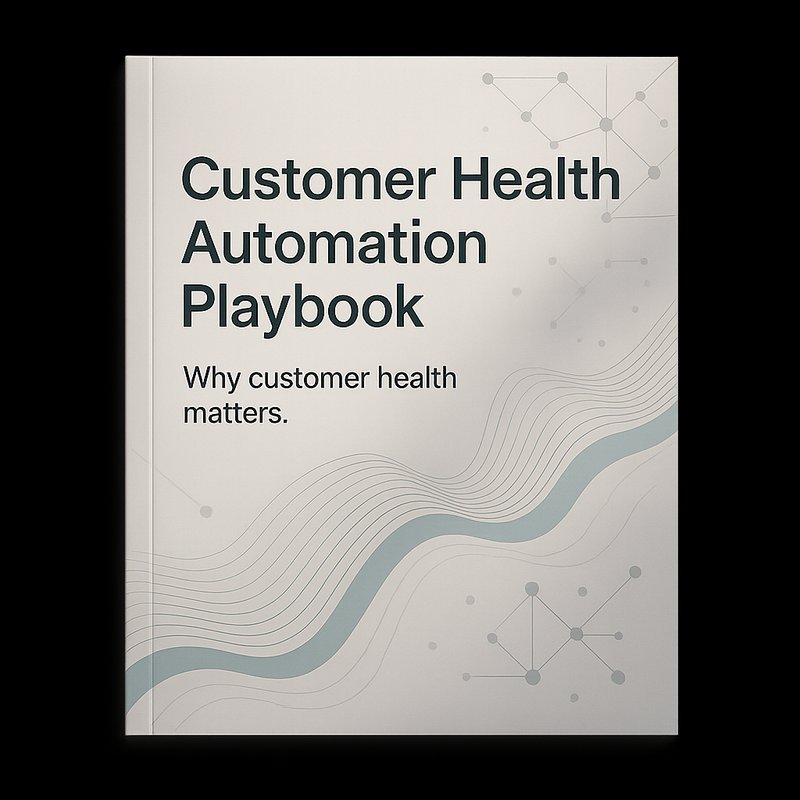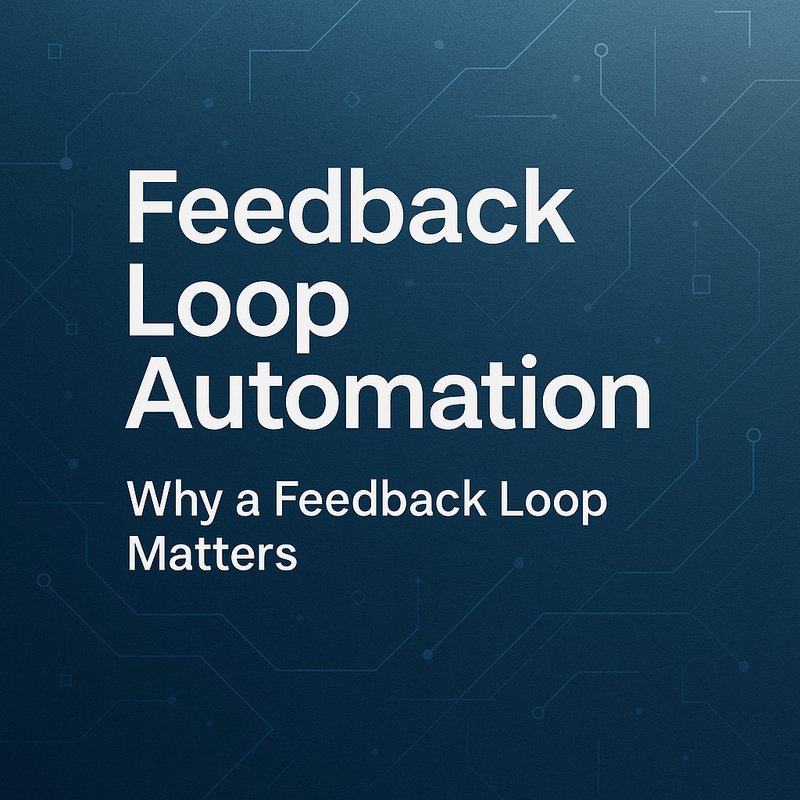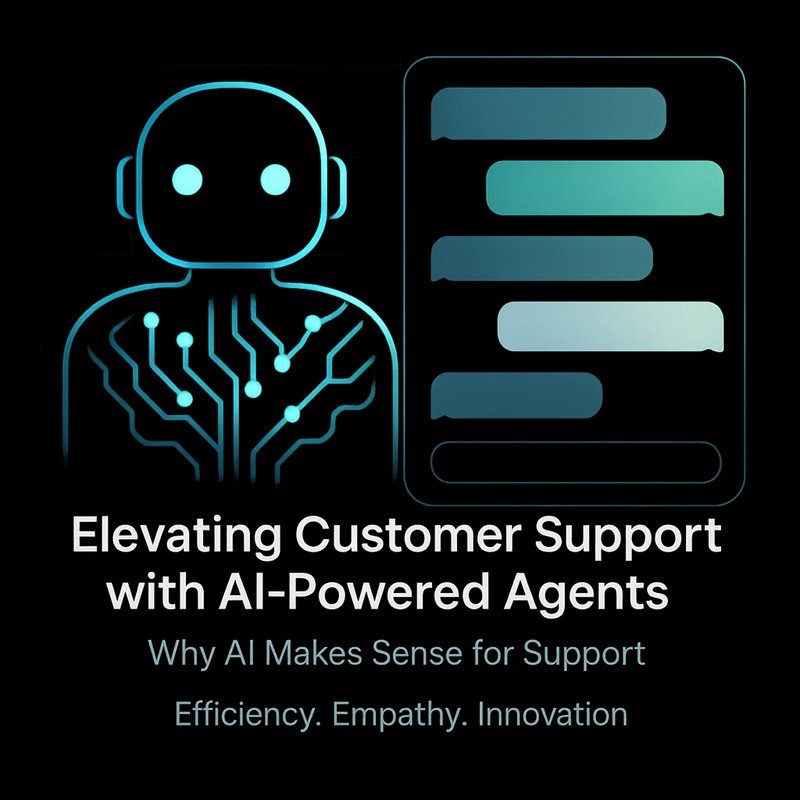Keeping customers happy often means staying on top of endless support tickets. You know the drill: a new email pings in, you copy-paste details into your helpdesk (Zendesk or Freshdesk), then hunt down previous chats in Slack. It’s a mess. And every minute spent on that drags down your team’s energy.
What if you could hand off all that busywork to a set of always-on digital teammates? Agents that read the ticket, fetch the customer profile, craft a friendly response, and escalate when needed. No more context switching. No more overlooked issues. Just smooth sailing.
In this article, we’ll explore how autonomous resolution agents can transform your support operations. We’ll look at the building blocks, show how Neura AI fits in, and walk you through real examples and a setup guide. By the end you’ll see why support teams that trust machines aren’t just faster—they’re happier.
Why Manual Ticketing Slows You Down
Let’s be honest: manual support is exhausting. Here’s why it drags:
• Context gaps: You switch from email to CRM to Slack. Details slip through cracks.
• Copy-paste fatigue: Every ticket means retyping or copying order numbers, names, past notes.
• Slow response time: Searching for a KB article or a policy document can eat minutes.
• Inconsistent tone: One rep writes cheerfully, another is straight to the point. Customers notice.
• No real audit: Tracking who did what and when across multiple systems? Good luck.
The result? Longer wait times, frustrated customers, and burned-out agents. And as you scale, those small delays add up to major headaches.
Meet Autonomous Resolution Agents
Think of these agents as digital colleagues. They handle tasks you hate and free you up for the tricky stuff. Here’s what they do:
Data Ingestion and Context Gathering
When a support ticket arrives—via email, chat widget, or social mention—your agent:
- Pulls customer data from your CRM (Salesforce, HubSpot)
- Checks order status on Shopify or your backend
- Scans past tickets in Zendesk or Freshdesk
- Looks up relevant FAQ entries
All in a second. No waiting.
Response Drafting and Personalization
Then it writes:
• A clear subject line (for email) or summary (for chat)
• A greeting with the customer’s name and context: “Hi Alex, I see your order #1234 shows delayed shipping.”
• A solution draft—maybe a refund link, a troubleshooting step, or a knowledge base URL
• A friendly closing, with next steps and a “thanks for your patience”
You get a draft you can send in one click or tweak if you need a personal touch.
Handoff and Escalation Logic
Some issues need a specialist. The agent can:
- Route billing questions to Finance
- Send technical bugs to Engineering
- Alert a manager if sentiment looks negative
It tags urgency based on keywords, so nothing falls into a black hole.
Tying It Together with Neura AI
Neura AI’s suite fits these pieces under one roof. Instead of wiring up ten APIs, you plug into Neura Router and pick from purpose-built agents. Here’s how it breaks down:
Neura Router Agents in Action
Router Agents are your integration hub. They:
- Handle auth and rate limits for Gmail, Zendesk, Slack, Salesforce, Shopify
- Orchestrate calls to OpenAI (https://openai.com) or Anthropic (https://www.anthropic.com) for text generation
- Fetch data from Google Analytics (https://analytics.google.com) or Mixpanel
- Deliver structured JSON to your other agents
You make one API call to Neura Router and you can get all this data in a single response.
Neura Artifacto: Chat-Based Responses
Artifacto is your drafting space. In a chat UI you can:
“Pull up ticket #5678, draft a response explaining the refund process, and include a link to our policy.”
Artifacto does the rest. It’s like having a teammate you can ping at any time.
Neura TSB: Call Transcripts on Demand
Recorded a phone call with a customer? Drop the audio file into Neura TSB (https://tsb.meetneura.ai). In seconds you get:
- Markdown notes with speaker labels
- Timestamps for key moments
- A CSV export you can attach to the ticket
No more scribbled notes or “what did they say?” moments.
Neura ESA: Email Auto-Replies
For email volume, ESA (Email Sales Auto-replier) can:
- Train on your past support templates
- Draft replies that match your brand voice
- Auto-send based on rules (e.g., “All shipping questions outside business hours get this reply.”)
It’s SMTP magic without the manual effort.
Real-World Scenarios
Let’s make this concrete. Here are three ways teams use autonomous agents today.
E-commerce Order Issues
A customer emails: “Where’s my order?” The agent pipeline:
- Ticket lands in Zendesk
- Router pulls order status from Shopify (https://www.shopify.com)
- Artifacto drafts: “Hi Maria, your package left our warehouse yesterday. It should arrive by Thursday.”
- Agent includes a Track with Us link and refund policy
- If the item is out of stock, the agent suggests a comparable product and routes the ticket to someone to confirm availability
Your team reviews one click—or not—and the customer is happy.
SaaS Technical Support
Someone logs a bug: “Feature X crashes when I click Submit.” Your agents:
- Fetch the user’s plan, API usage, and recent activity from your backend
- Draft requests for logs or screenshots
- Run a quick doc analysis to pull in relevant troubleshooting steps from your PDF manual using Neura Document Analysis Agents
- Escalate to Engineering if the error code matches a known server issue
Zero context switching. Fast fixes.
Onboarding and FAQ Updates
Launching a new feature means updating FAQs and sending welcome messages. Agents can:
- Scan your website for outdated docs using Computer Vision Agents
- Draft updated FAQ entries for your internal wiki via Neura WEB
- Push an email blast with new feature highlights using Neura ACE on a schedule
Now your knowledge base and customers stay in sync.
Step-by-Step Setup Guide
Ready to give your support team a breather? Here’s how to start:
Map Out Your Support Flow
Write down every step when a ticket arrives. Identify:
- Entry points (email, chat widget, social)
- Data sources (CRM, orders, logs)
- Decision points (refund? escalation? feedback survey?)
Connect Your Helpdesk
In Neura Router:
- Add credentials for Zendesk, Salesforce, Gmail, or whatever you use
- Test a simple “list tickets” call
- Check logs to confirm data flows
Build Your Agents
In Artifacto:
- Create draft prompts like “When new ticket arrives, summarize issue and suggest two solutions.”
- Define escalation rules in Router (keywords like “cancel,” “refund,” “angry”)
- Set up an email template in ESA with placeholders for customer name and ticket ID
Test and Launch
- Run a batch of old tickets through your pipeline.
- Check accuracy, tone, and routing.
- Tweak prompts or add exceptions.
- Go live. Agents now run continuously, day and night.

Best Practices for Smooth Support
• Start small: Automate one channel or issue type first.
• Use clear naming: “RefundDraftAgent” vs “Agent1.”
• Log every action: Neura dashboard tracks inputs and outputs.
• Version your prompts: Save each change so you can rollback.
• Train agents on brand voice: Provide past replies as examples.
• Monitor sentiment: Set alerts if an agent’s reply gets a low customer rating.
Security and Compliance
Customer data is sensitive. Neura AI lets you:
- Encrypt credentials and data at rest and in transit
- Set fine-grained access so only certain agents see payment details
- View audit trails of who did what and when
- Configure data retention to meet GDPR or CCPA rules
Need HIPAA compliance? You can run agents in a dedicated cloud region and control data flows.
The Bottom Line
Support doesn’t have to be a grind. Autonomous resolution agents can pick up the routine, so your team focuses on real human connections. Faster replies. Fewer errors. Happier customers.
Set up a simple workflow in Neura AI today. Sketch out the ticket journey you dread most, connect your helpdesk via Router, and let Artifacto and ESA handle the rest. Your team (and your customers) will thank you.
